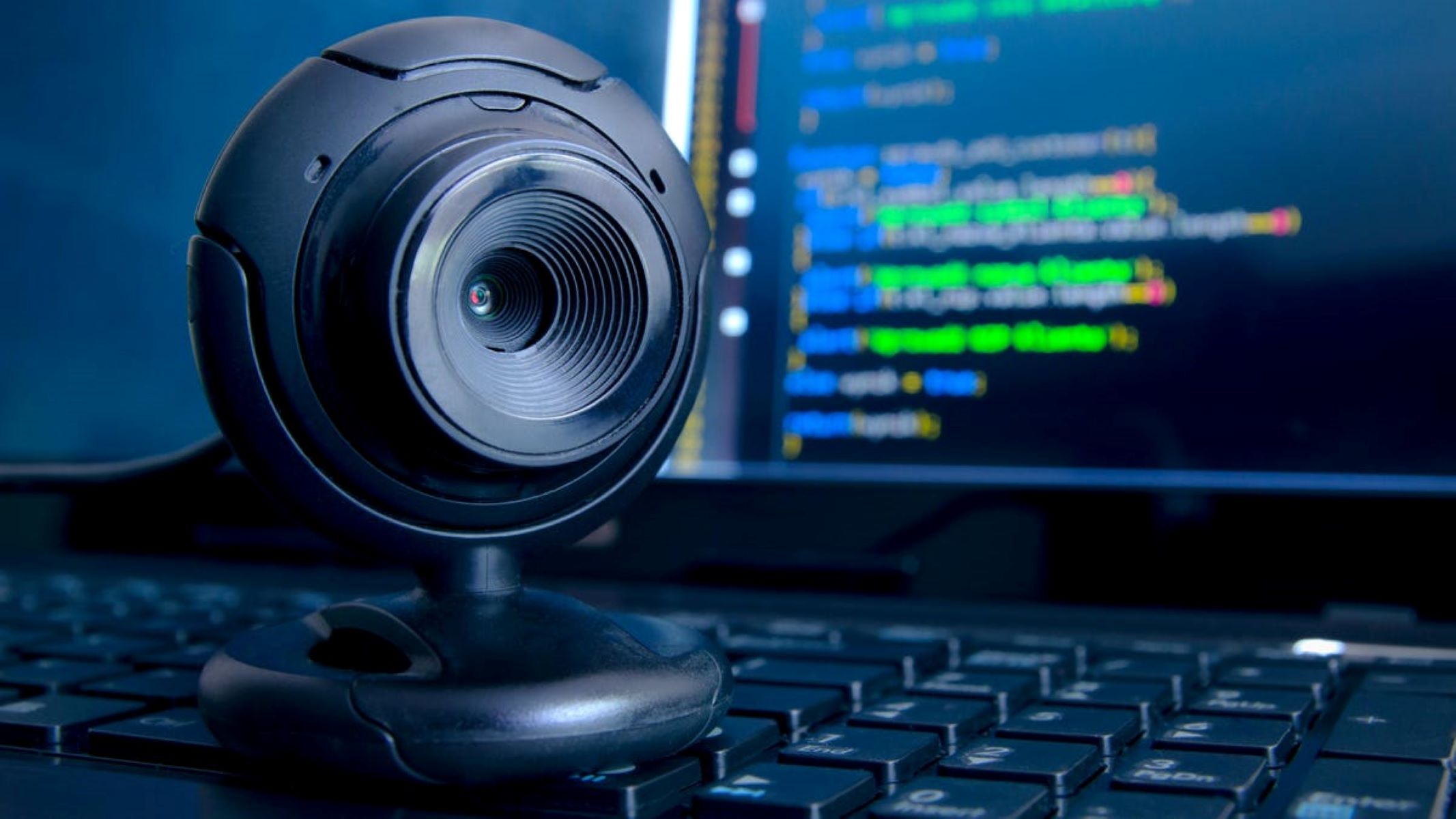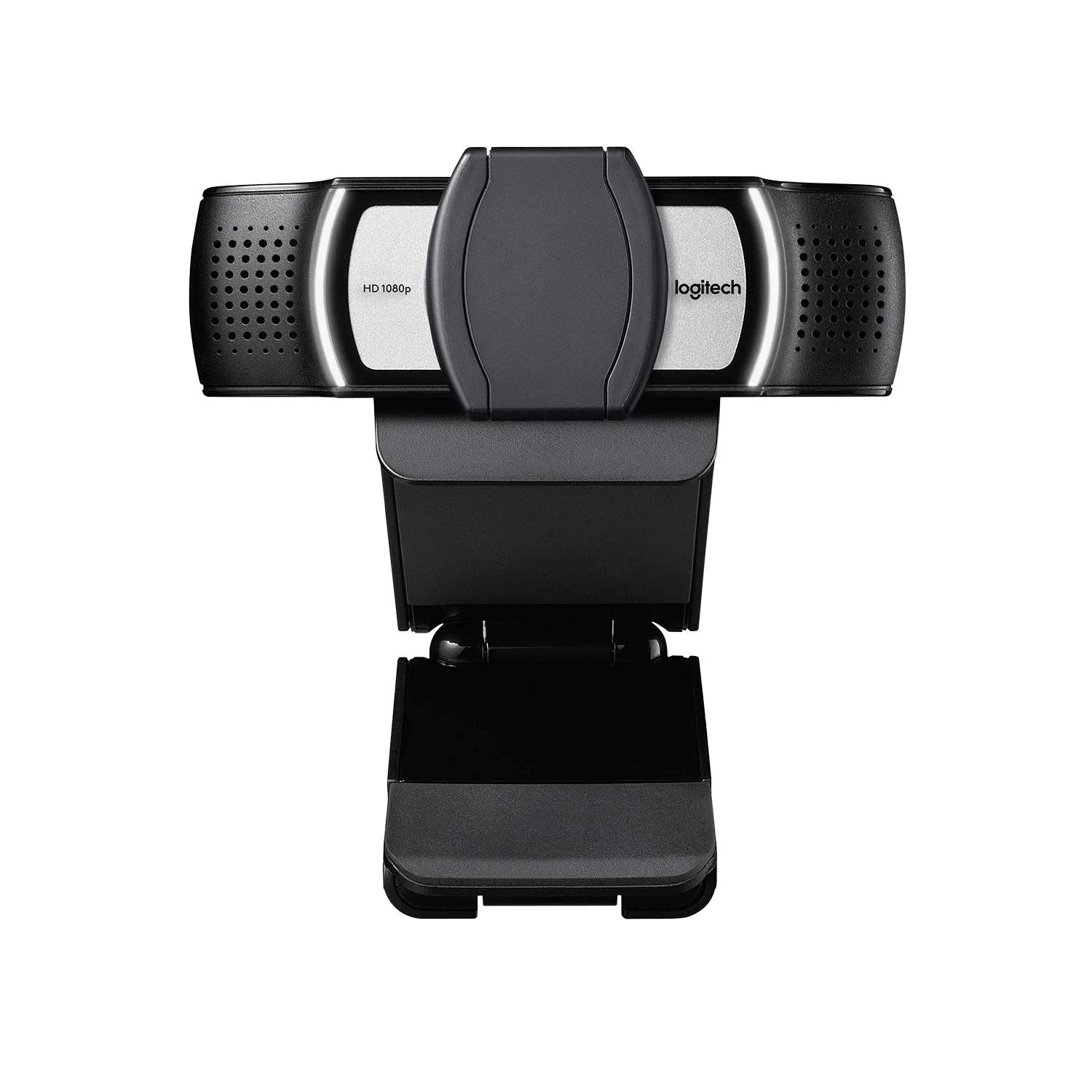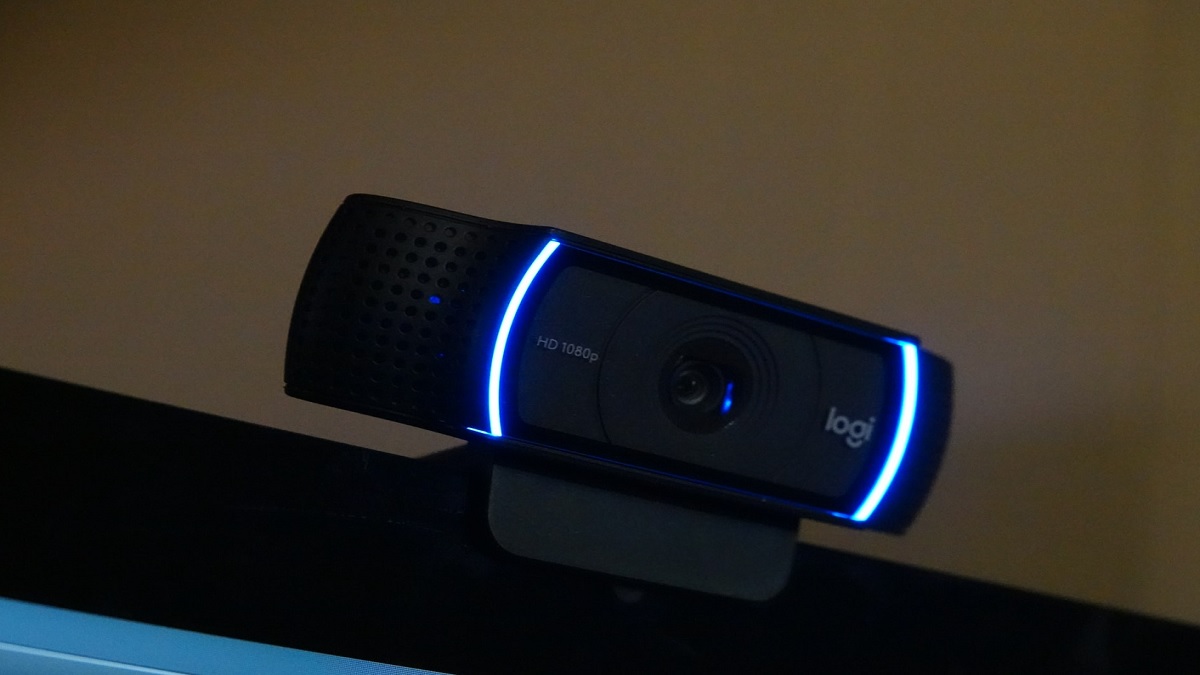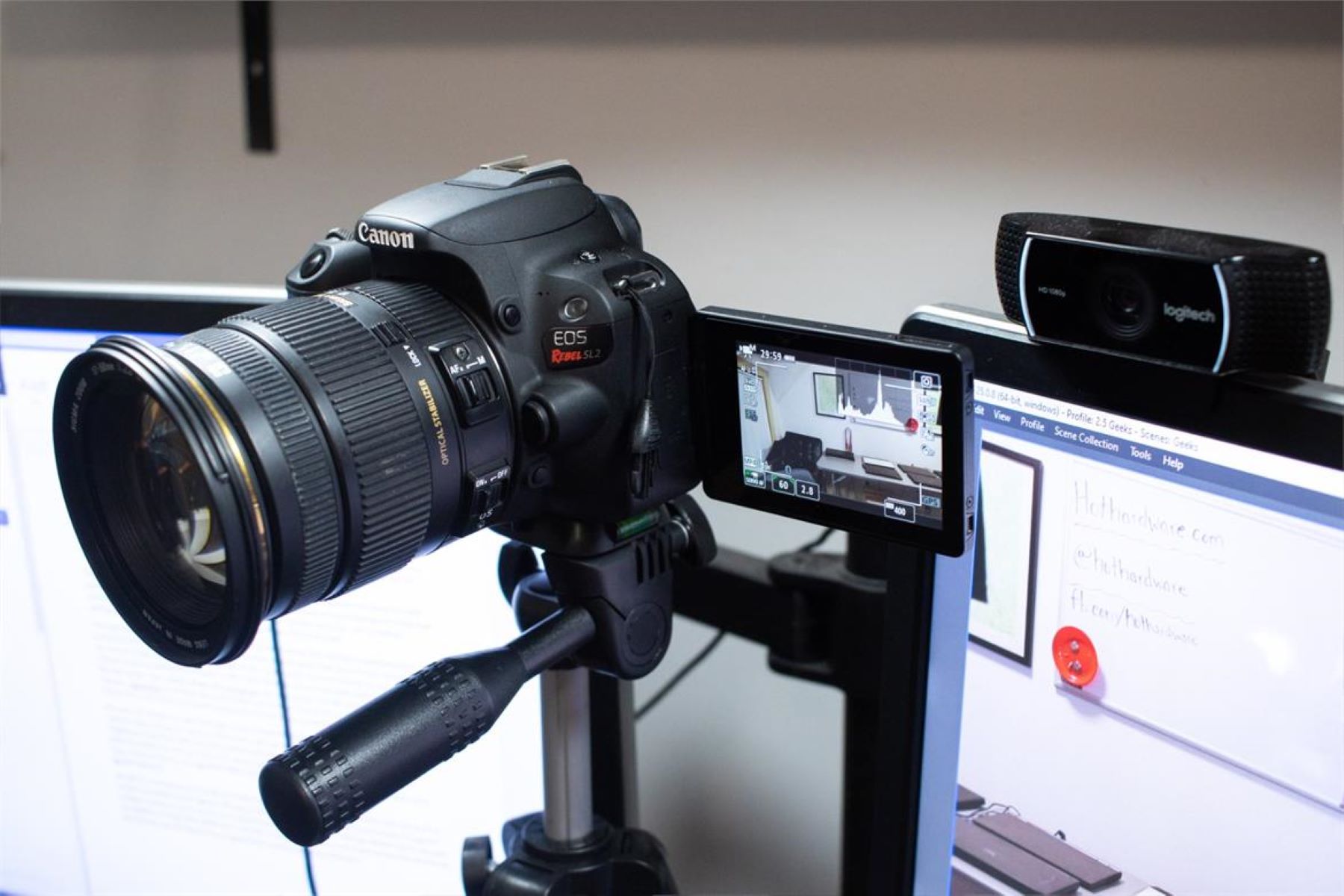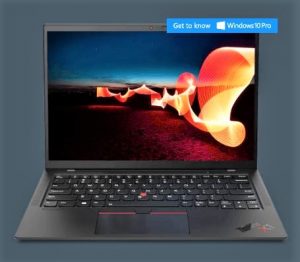Introduction
Webcams have become an essential part of our digital lives. Whether it’s video conferencing, online meetings, or just staying connected with friends and family, webcams enable us to see and be seen. However, it can be incredibly frustrating when our webcams suddenly stop working or fail to function properly.
There can be various reasons behind a webcam not working, ranging from software issues to hardware malfunctions. In this article, we will explore some common causes of webcam problems and provide practical troubleshooting steps to help you get your webcam back up and running.
The first step in addressing any webcam issue is to identify the root cause. Sometimes the problem might be as simple as a misconfigured setting, while other times it could require updating drivers or troubleshooting hardware problems. By understanding these common causes and following the troubleshooting steps provided, you can resolve webcam issues quickly and effectively.
Whether you’re using a built-in webcam on your laptop or an external webcam connected to your desktop, the troubleshooting methods discussed in this article are applicable to both. So, without further ado, let’s dive into the common causes of webcam not working and how to fix them.
Common Causes of Webcam Not Working
There are several common causes that can lead to a webcam not working as expected. Understanding these causes will help you diagnose and resolve the issue more effectively. Here are a few potential culprits:
- Driver Issues: Outdated or incompatible webcam drivers are a frequent cause of webcam dysfunction. If you recently updated your operating system or installed new software, it may have affected the webcam drivers. Updating or reinstalling the drivers can often resolve the problem.
- Application Conflicts: Sometimes, conflicts between different applications can lead to webcam issues. Check if any recently installed software is causing conflicts and close unnecessary applications to see if the webcam starts working.
- Privacy Settings: Privacy settings on your computer may prevent specific applications or websites from accessing your webcam. Check your privacy settings and ensure that the necessary permissions are granted for the application you are trying to use the webcam with.
- Loose Connections: If you are using an external webcam, check the connection to ensure it is secure. A loose connection can lead to intermittent or no video feed. Disconnect and reconnect the webcam to see if that resolves the issue.
- Hardware Issues: In some cases, the webcam itself may be faulty or damaged. Physical damage, such as a broken cable or lens, can cause the webcam to malfunction. If you suspect hardware issues, contact the manufacturer for further assistance or consider getting a replacement webcam.
These are just a few common causes of webcam not working. It’s important to note that the specific cause may vary depending on your setup and the software you are using. However, by identifying these common causes, you can take the necessary steps to troubleshoot and resolve the webcam issue.
Check Your Webcam Settings
Before diving into more advanced troubleshooting steps, it’s essential to check your webcam settings. Sometimes, a simple configuration issue can be the reason behind your webcam not working. Here are the steps to check your webcam settings:
- Windows Settings: On Windows, go to the Start menu and open the Settings app. Then, click on “Privacy” and select “Camera” from the left sidebar. Make sure that the toggle switch under “Allow apps to access your camera” is turned on. Additionally, scroll down to the “Choose which apps can access your camera” section and ensure that the desired applications have permission to access the webcam.
- MacOS Settings: For MacOS users, click on the Apple menu and select “System Preferences.” Then, choose “Security & Privacy” and click on the “Privacy” tab. From the left sidebar, select “Camera” and make sure the checkbox next to the desired applications that require webcam access is selected.
- Application-Specific Settings: Some applications have their own settings for webcam access. If your webcam is not working in a specific application, check the settings within that application to ensure the webcam is enabled. Look for options related to video or camera settings.
- Test the Webcam: After adjusting the settings, it’s a good idea to test the webcam. Open your preferred application that uses the webcam and check if the video feed is working correctly. If not, proceed to the next troubleshooting step.
By checking and adjusting your webcam settings, you can eliminate any configuration issues that may be causing the problem. If the webcam is still not working after ensuring the correct settings, you may need to explore other troubleshooting options.
Update Your Webcam Drivers
Outdated or incompatible webcam drivers can often be a common cause of webcam malfunction. Updating your webcam drivers is an important step in troubleshooting webcam issues. Here’s how you can update your webcam drivers:
- Automatic Driver Update: The easiest way to update your webcam drivers is by using automatic driver update software. There are several reliable software tools available that can scan your system, detect outdated drivers, and automatically download and install the latest webcam drivers.
- Manufacturer’s Website: Alternatively, you can manually update your webcam drivers by visiting the manufacturer’s website. Locate the support or drivers section on the website and search for the latest webcam drivers specific to your webcam model and operating system. Download the drivers and follow the instructions provided to install them.
- Device Manager: You can also update webcam drivers through the Device Manager on Windows. Right-click on the Start button and select “Device Manager” from the context menu. Expand the “Cameras” or “Imaging devices” category, right-click on your webcam, and select “Update driver.” Choose the option to search for driver software automatically, and Windows will attempt to find and install the latest drivers for your webcam.
After updating the webcam drivers, restart your computer and test your webcam again. If the webcam is still not functioning correctly, try the next troubleshooting step.
It’s worth noting that updating drivers can significantly improve the performance of your webcam and ensure compatibility with the latest software and operating system updates. Therefore, keeping your webcam drivers up to date is crucial for optimal functionality.
Test Your Webcam on Other Applications
If your webcam is not working on a specific application, it’s essential to determine whether the issue is application-specific or a broader problem. Testing your webcam on other applications can help identify the root cause. Here’s how you can do it:
- Try a Different Video Conferencing App: If you’re experiencing webcam issues on a video conferencing app like Zoom, Skype, or Microsoft Teams, try using a different video conferencing application. Install a different video conferencing app and check if the webcam works on that platform.
- Use a Webcam Testing Website: Several websites allow you to test your webcam online. These websites provide a platform to check if your webcam is working correctly and viewed properly. Open your web browser and search for “webcam test” to find a reliable webcam testing website. Follow the instructions on the site to assess the functionality of your webcam.
- Try a Video Recording Application: Install a video recording application on your computer, such as Camera, OBS Studio, or VLC Media Player. Open the application and try recording a video using your webcam. Check if the video feed appears correctly in the recording.
If your webcam works fine on other applications or websites, it indicates that the problem lies with the specific application you were initially experiencing issues with. In such cases, you may need to troubleshoot that application separately or contact their support team for assistance.
On the other hand, if your webcam doesn’t work on any application or website, it signifies a broader issue. Proceed to the next troubleshooting step to explore potential compatibility issues.
Check for Webcam Compatibility Issues
Webcam compatibility issues can sometimes arise due to conflicts between the webcam and your computer’s software or hardware. It’s crucial to ensure that your webcam is compatible with your operating system and the applications you’re using. Here’s what you can do to check for webcam compatibility issues:
- Read the Webcam Documentation: Consult the documentation or user manual that came with your webcam. Look for information regarding supported operating systems and compatible applications. Ensure that your operating system matches the requirements specified by the webcam manufacturer.
- Check for Software Updates: Ensure that your operating system and the applications you’re using are up to date. Software updates often include compatibility fixes and improvements that can resolve issues with external devices like webcams. Check for system updates and install any available updates.
- Verify Hardware Compatibility: For external webcams, check that the webcam is compatible with the USB port on your computer. Some webcams may have specific hardware requirements or require USB 3.0 for optimal performance. If your webcam is not functioning correctly, try connecting it to a different USB port on your computer.
- Visit the Manufacturer’s Website: Check the manufacturer’s website for any available firmware updates or patches for your webcam. Firmware updates can often address compatibility issues and improve overall performance. Download and install any recommended updates following the manufacturer’s instructions.
- Consider Hardware and Software Limitations: Keep in mind that some older computer systems may have limitations when it comes to webcam compatibility. Ensure that your computer meets the minimum system requirements for the webcam you’re using. If your computer is outdated, you may need to upgrade certain components or consider purchasing a webcam that is compatible with your system.
By checking for webcam compatibility issues and following the steps mentioned above, you can address any compatibility-related problems and ensure a seamless webcam experience. If the issue persists, there may be hardware-related problems that require further troubleshooting or professional assistance.
Troubleshoot Hardware Issues
If you have gone through the previous troubleshooting steps and your webcam is still not functioning correctly, it is possible that there may be hardware issues causing the problem. Here are some steps you can take to troubleshoot hardware-related webcam issues:
- Check Physical Connections: Ensure that all connections between your webcam and your computer are secure. Disconnect and then reconnect the webcam to ensure a proper connection. If you are using an external webcam, try connecting it to a different USB port on your computer.
- Inspect the Webcam: Take a close look at your webcam for any signs of physical damage. Check the cable for any frays or breaks. If you notice any damage, it may be necessary to replace the webcam or seek professional repair.
- Try the Webcam on a Different Computer: If possible, connect your webcam to a different computer and see if it works. This can help determine if the issue lies with the webcam itself or your computer’s hardware.
- Test with Another Webcam: If available, try using a different webcam on your computer to see if it works. This will help to identify if the issue is specific to your webcam or if there is a problem with your computer’s USB ports or drivers.
- Update Your Computer’s USB Drivers: Outdated or corrupted USB drivers can cause connectivity problems with external devices such as webcams. Update your computer’s USB drivers to the latest versions. You can do this through the device manager or by visiting the manufacturer’s website for driver updates.
- Consult with Manufacturer Support: If you have tried all the troubleshooting steps mentioned above and are still unable to resolve the issue, it is advisable to reach out for professional support. Contact the manufacturer of your webcam for further assistance, as they may be able to provide specific guidance or recommend repair options.
By following these hardware troubleshooting steps, you can diagnose and potentially resolve any hardware-related issues with your webcam. However, if the problem persists even after trying these steps, it may be necessary to seek professional advice or consider replacing your webcam.
Conclusion
Webcam issues can be frustrating, but by following the troubleshooting steps mentioned in this article, you can get your webcam back up and running. We discussed common causes of webcam problems, such as driver issues, application conflicts, privacy settings, loose connections, and hardware problems. By identifying these causes, you can take targeted actions to resolve the issues.
We explored steps like checking webcam settings, updating webcam drivers, testing the webcam on other applications, checking for compatibility issues, and troubleshooting hardware problems. By going through these steps systematically, you can pinpoint the root cause of the problem and apply the appropriate solution.
Remember to always check your webcam settings first to ensure that permissions and configurations are correct. Updating webcam drivers can often resolve issues caused by outdated or incompatible drivers. Testing the webcam on other applications helps identify whether the problem is isolated to a specific application or a broader issue. Checking for compatibility issues ensures that your webcam is supported by your operating system and applications. Finally, troubleshooting hardware problems can help address any physical or connectivity issues with your webcam.
If you have exhausted all troubleshooting steps and your webcam still doesn’t work, considering seeking professional support or replacing the webcam if necessary. Remember to consult the manufacturer’s documentation and support resources for further assistance.
By following the troubleshooting steps outlined in this article, you can increase the chances of resolving webcam issues and getting back to your video conferencing, online meetings, or other webcam-related activities with ease.







